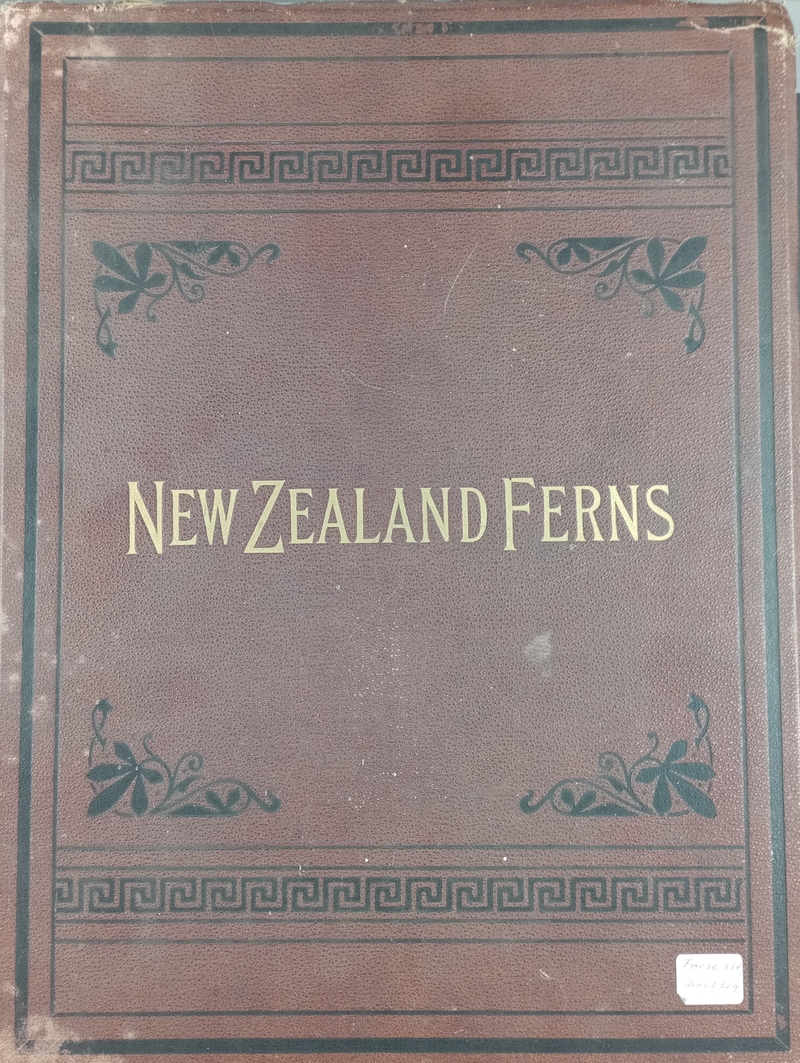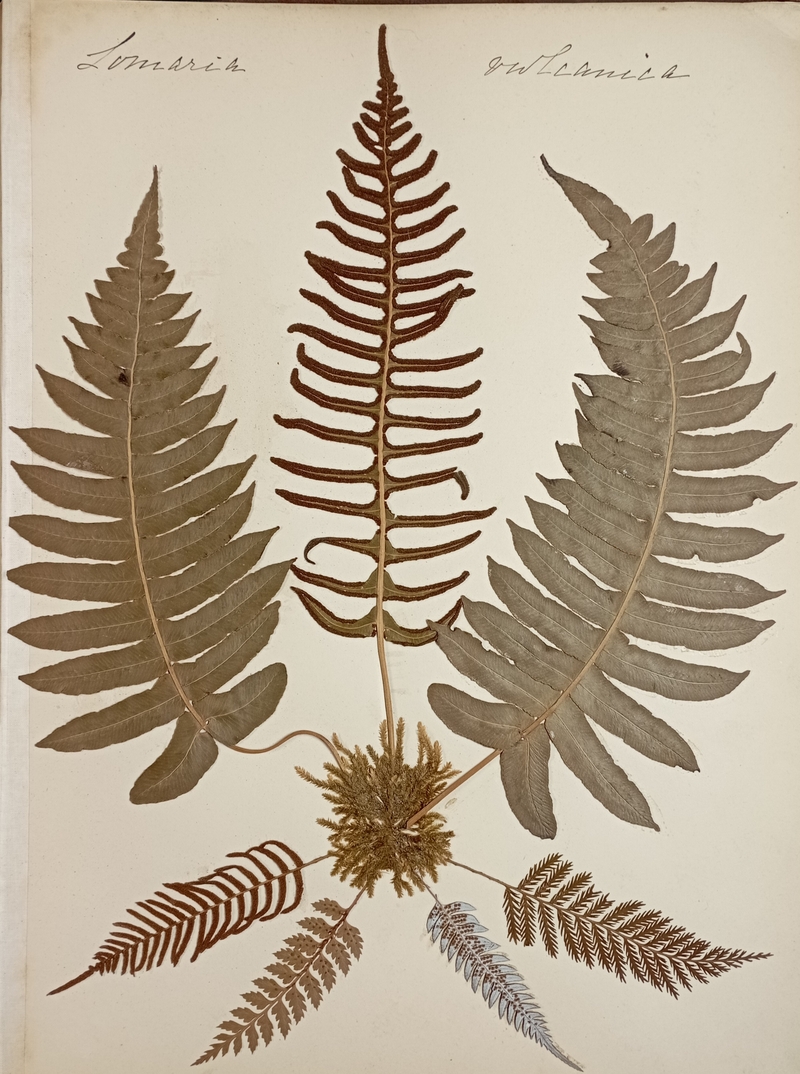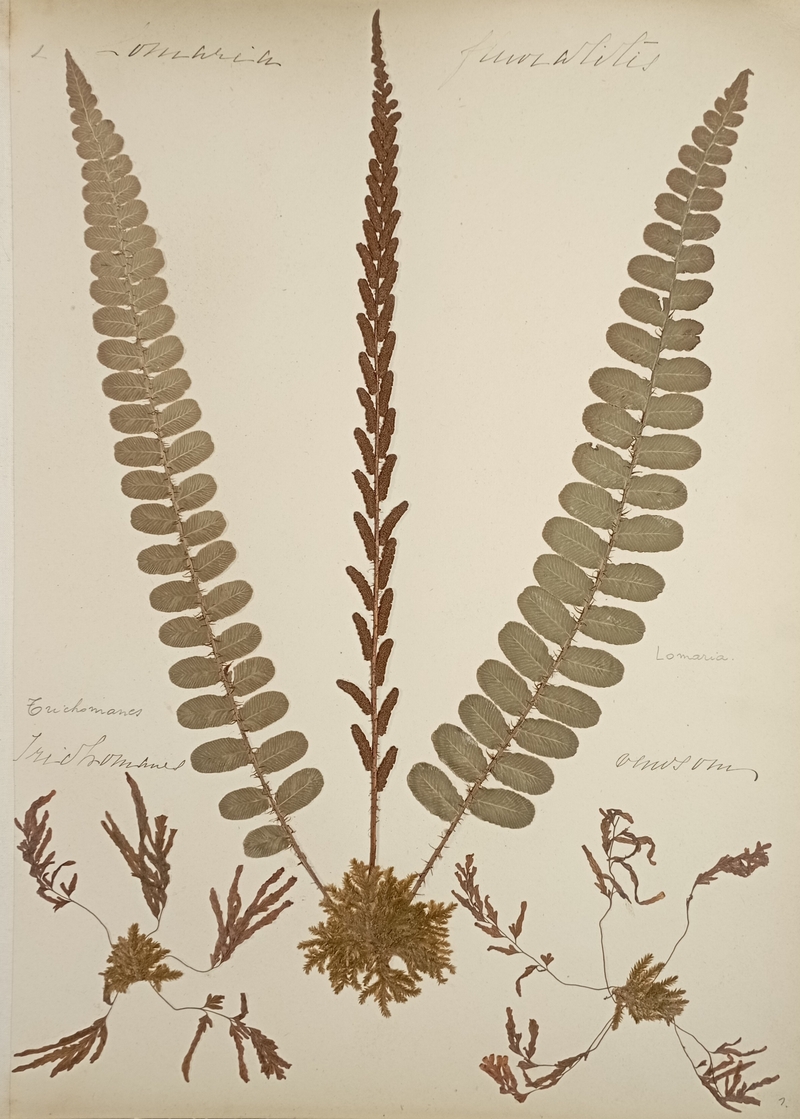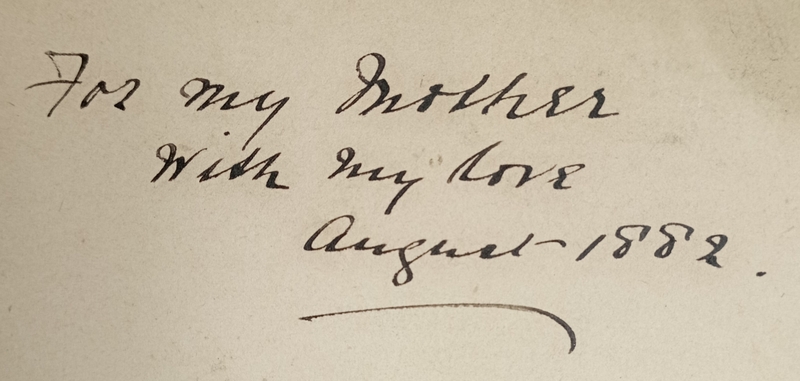Mary Ann Armstrong: A 19th-century businesswoman with a passion for ferns and art
Meise Botanic Garden houses collections of significant botanical, historical, and heritage interest, including the unique collection of Henri Van Heurck. Among its treasures is a book-shaped herbarium of New Zealand ferns with a unique history.
In the second half of the 19th century, the UK experienced a fern fever, or "pteridomania". This craze led people to collect ferns in large numbers for their gardens or greenhouses, particularly rare species or those with unusual frond shapes. Unfortunately, this often resulted in the depletion of vulnerable fern populations. Simultaneously, hundreds of new cultivars were introduced into horticulture. Fern motifs became ubiquitous in decorative art, adorning crockery, vases, flower pots, wallpaper, table linen, curtains, cast-iron garden benches, and even tombstones. This fern mania spread to Australia and New Zealand as well.
A fine illustration of this craze is housed in the Henri Van Heurck Herbarium: a herbarium in book form featuring New Zealand ferns, compiled by Mary Ann Armstrong (Mrs. C.C. Armstrong). Born as Mary Ann Newey in Birmingham, England, in 1838, she emigrated to Victoria, Australia, with her father after her mother's death in 1853. She married and later moved to Dunedin, New Zealand, before returning to Melbourne, Australia, where she died in 1910.
From the late 1870s, Mary Ann Armstrong began collecting ferns and creating artistic compositions with them, including herbarium books and postcards, which she sold. Her work became a commercial success, and she exhibited her creations in New Zealand, Australia, and the UK. The herbarium books, often given as gifts, were unique, with different covers in terms of colour, font, decorations, and layout.
The "New Zealand Ferns" herbarium contains 16 plates on thick Bristol board with handwritten scientific names of the ferns, emphasizing artistic presentation over scientific detail. Today, these memorabilia are primarily found in libraries and universities in New Zealand, Australia, and the United States. The origin of this copy is unknown, but it was a gift to someone's mother in August 1882.
 |
 |
| Cover of the herbarium (© Wim Tavernier) | Two sterile and one fertile frond of Cranfillia deltoides (syn. Lomaria vulcanica). Decorated below with several other ferns, including (second from right) the silver tree fern (Alsophila tricolor) a national symbol of New Zealand (© Wim Tavernier) |
 |
 |
|
Two sterile and one fertile frond of Cranfillia fluviatilis (syn. Lomaria fluviatilis). Left and right below some fronds of Polyphlebium venosum (syn. Trichomanes venosum) (© Wim Tavernier) |
Label of Mrs Armstrong (© Wim Tavernier) |
 |
|
| Dedication (© Wim Tavernier) | |



